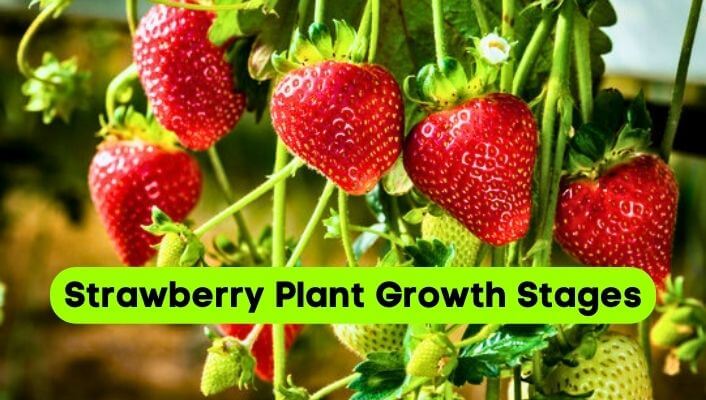Strawberries are delightful fruits known for their juicy texture and sweet taste. Understanding the strawberry plant growth stages is crucial for successful cultivation.
By comprehending the different phases of a strawberry plant’s life cycle, from seed germination to fruit development, growers can optimize their care and ensure bountiful harvests.
In this article, we will explore the fascinating journey of a strawberry plant, covering each growth stage in detail. Whether you’re a seasoned gardener or a beginner, this guide will provide valuable insights and practical tips to enhance your strawberry cultivation.
Post Contents
- The 5 Strawberry Plant Growth Stages:
- Harvesting and Post-Harvest Handling
- Common Issues and Challenges
- Best Practices for Strawberry Plant Care
- Frequently Asked Questions
- Q1: What is the ideal planting time for strawberry plants?
- Q2: How long does it take for a strawberry plant to bear fruit?
- Q3: Can strawberry plants be grown in containers?
- Q4: What are the signs of a healthy strawberry plant?
- Q5: How often should strawberry plants be fertilized?
- Q6: What are the common pests and diseases that affect strawberries?
- Conclusion
- Author
The 5 Strawberry Plant Growth Stages:
The life cycle of a strawberry plant encompasses several distinct stages that are essential to its overall development.
By familiarizing ourselves with these stages, we can gain a deeper understanding of the plant’s needs and make informed decisions throughout its growth journey.
Before jumping towards the first stage, you can also watch this helpful video about growing strawberries:
1. Seed Germination
Seed germination marks the beginning of a strawberry plant’s life. Several factors can influence the germination process, including temperature, moisture, light, and seed quality.
Optimal conditions for germination involve a temperature range of 60 to 70 degrees Fahrenheit (15 to 21 degrees Celsius) and consistent moisture.
Seeds should be sown in a well-drained, nutrient-rich soil mix and kept slightly moist until sprouting occurs.
2. Seedling Stage
Once the seeds have germinated, they develop into seedlings. Strawberry seedlings are characterized by their tiny, delicate leaves and fragile root systems. During this stage, it’s essential to provide adequate care to ensure healthy growth.
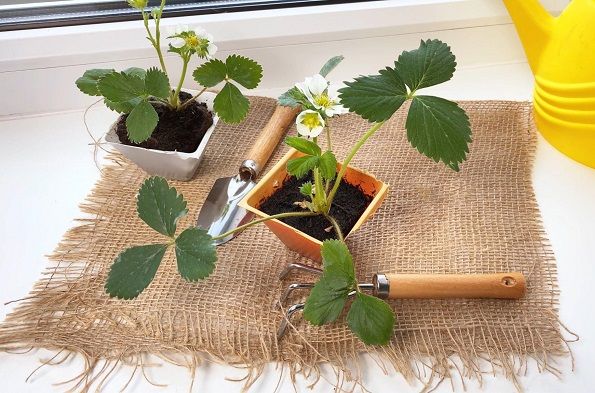
Seedlings require a consistent supply of water, light, and nutrients. Transplanting them into individual containers or a prepared garden bed is necessary for continued development.
Note: Check out the answer to a mystery that whether the black strawberries exists or not?
3. Vegetative Growth Stage
During the vegetative growth stage, the strawberry plant focuses on building its root system and shoots. A well-developed root system provides the plant with essential nutrients and water uptake.
Simultaneously, shoots emerge and give rise to leaf production. Proper care, including regular watering and the provision of balanced fertilizers, encourages robust growth during this stage.
Development of Roots and Shoots
The development of roots and shoots is crucial for the overall health and vigor of a strawberry plant. The root system expands to access nutrients and water from the soil, while the shoots grow upward, producing leaves that facilitate photosynthesis. Adequate irrigation and soil fertility play a vital role in supporting these processes.
Runners and Daughter Plants
Runners are specialized stems that grow horizontally from the base of the strawberry plant. These runners produce daughter plants, also known as offsets or stolons, which develop into new strawberry plants.
Runners serve as a natural propagation method, enabling gardeners to expand their strawberry patch without relying solely on seeds or purchasing new plants. By allowing runners to root and establishing daughter plants, growers can increase their strawberry yield and maintain a productive garden.
4. Flowering Stage
The flowering stage is a highly anticipated phase in the life cycle of a strawberry plant. It is during this stage that the plant produces flower buds, which eventually develop into the fruits we love. Successful flower bud initiation and subsequent pollination are crucial for a fruitful harvest.
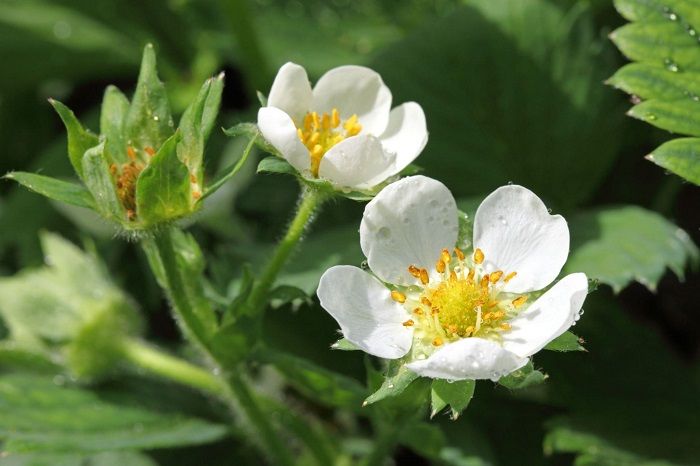
Initiation of Flower Buds
Multiple factors influence the initiation of flower buds in strawberry plants. The duration of daylight, temperature, and plant maturity all play a role in determining when and how many buds form.
Typically, longer daylight periods and cooler temperatures favor flower bud development. Adequate plant nutrition and proper care during earlier stages contribute to healthy flower bud initiation.
Related Post: How Many Strawberries Per Plant? (Expert Insights)
Pollination and Fertilization
Pollination is a crucial process that ensures the transfer of pollen from the male parts of the flower to the female parts, enabling fertilization and fruit set. Strawberry plants rely on pollinators, such as bees, butterflies, and other insects, for effective pollination.
Ensuring a diverse and thriving ecosystem in and around the strawberry patch is beneficial for attracting pollinators and promoting successful fruit production.
5. Fruit Development Stage
The fruit development stage is a time of excitement and anticipation for growers. After successful pollination, the flowers transform into small, green fruits that gradually develop and ripen into plump, red strawberries.
Fruit Set
Fruit set refers to the process where the flowers transition into young fruits. Several factors can affect fruit set, including temperature, humidity, light, and pollination success.
Adequate moisture, moderate temperatures, and optimal light conditions contribute to successful fruit set.
Growth and Maturation of Berries
As the fruits set, they begin to grow and mature. During this stage, the berries undergo significant changes in size, color, and flavor.
Proper care, including regular watering, protection from pests and diseases, and appropriate nutrition, is crucial for achieving well-sized and high-quality strawberries.
Harvesting and Post-Harvest Handling
The moment of harvest signifies the culmination of your efforts in strawberry cultivation. Knowing when and how to harvest strawberries ensures that you pick them at the peak of ripeness for the best flavor and quality.
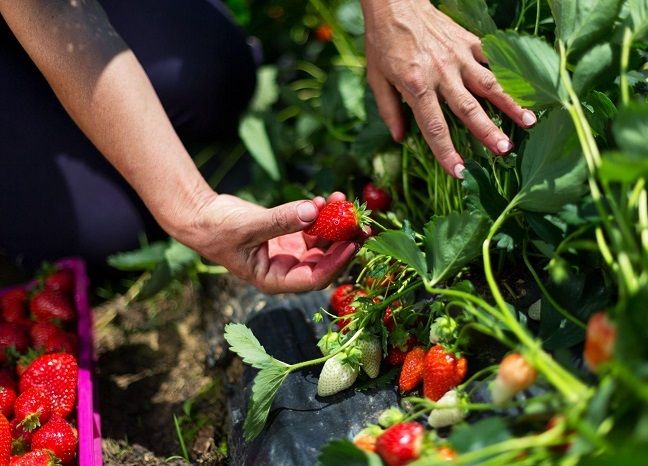
Determining Fruit Ripeness
Several visual indicators can help determine the ripeness of strawberries. Look for fully red berries with glossy skins, as well as green caps that are fully detached when gently pulled. Ripe strawberries are also usually firm but not overly hard.
Harvesting Techniques
To harvest strawberries, gently grasp the fruit near the stem, being careful not to damage the delicate berries. Use sharp garden scissors or pruning shears to snip the stem about half an inch above the fruit.
Place the harvested berries in a clean container or basket, being mindful not to stack them too high to avoid bruising.
Proper Handling and Storage
To maximize the shelf life and preserve the quality of harvested strawberries, it’s crucial to handle and store them properly. Avoid washing the berries until you’re ready to consume or use them, as excess moisture can lead to spoilage.
Store strawberries in a cool, well-ventilated place or in the refrigerator for extended freshness. Be sure to use them within a few days for the best flavor.
Common Issues and Challenges
Growing strawberries can come with its fair share of challenges. Being aware of common issues and implementing appropriate strategies can help overcome potential setbacks.
Pests and Diseases
Strawberry plants are susceptible to various pests and diseases that can hinder their growth and productivity. Common pests include aphids, slugs, snails, and spider mites.
Implementing integrated pest management techniques, such as regular monitoring, cultural practices, and the targeted use of organic pest control methods, can help keep these pests under control.
Diseases like powdery mildew, gray mold (Botrytis), and root rot can also affect strawberry plants. Proper sanitation, good air circulation, and appropriate fungicide applications, when necessary, can help manage these diseases effectively.
Environmental Factors
Environmental conditions, such as weather fluctuations and extreme temperatures, can impact the growth and development of strawberry plants. Frost, excessive heat, drought, and heavy rains are factors that can pose challenges to strawberry cultivation.
Implementing protective measures, such as covering plants during frost events or providing shade during heatwaves, can mitigate the adverse effects of environmental factors.
Best Practices for Strawberry Plant Care
To ensure optimal growth and a healthy strawberry crop, following best practices for plant care is essential.
Soil Preparation and Fertilization
Strawberry plants thrive in well-drained, loamy soil that is rich in organic matter. Before planting, prepare the soil by removing weeds and incorporating compost or well-rotted manure. Regular fertilization is also crucial for providing the necessary nutrients.
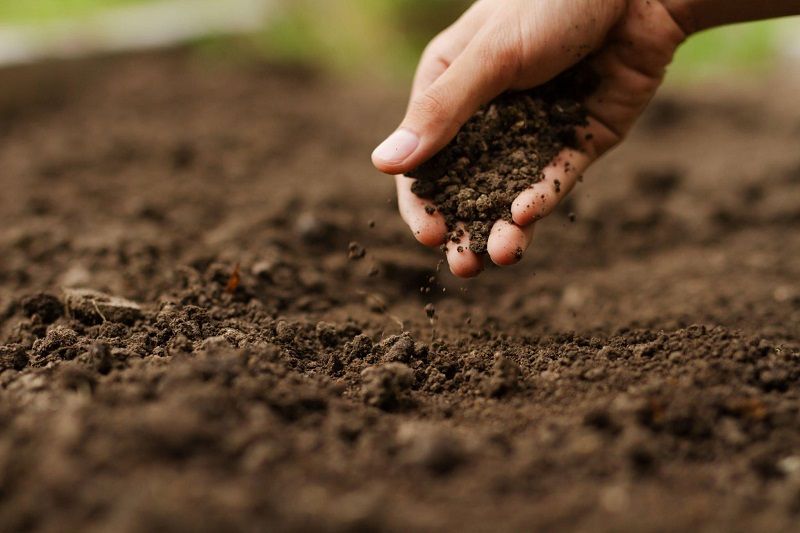
Use balanced organic fertilizers and follow recommended schedules to ensure that the plants receive adequate nutrition throughout their growth stages.
Irrigation and Watering
Proper watering practices are vital for the health and productivity of strawberry plants. They require consistent moisture, but it’s crucial to avoid overwatering, as it can lead to root rot and other issues.
Water deeply and thoroughly, allowing the soil to dry slightly between watering sessions. Mulching around the plants can help conserve moisture and regulate soil temperature.
Frequently Asked Questions
Q1: What is the ideal planting time for strawberry plants?
The ideal planting time for strawberry plants depends on your location and climate. In general, it is recommended to plant strawberries in early spring, after the last frost has passed. This allows the plants to establish their root systems before the warm summer months.
Q2: How long does it take for a strawberry plant to bear fruit?
The time it takes for a strawberry plant to bear fruit can vary depending on the variety and growing conditions. On average, it takes about 4 to 6 weeks from the time of flower bud initiation to the onset of fruiting. However, some varieties may take longer, up to 12 weeks, to produce mature fruits.
Q3: Can strawberry plants be grown in containers?
Yes, strawberry plants can be successfully grown in containers. In fact, container gardening is a popular option for those with limited space or poor soil conditions. Choose a container that is at least 8 to 12 inches deep to accommodate the plant’s root system. Ensure proper drainage and use a well-draining potting mix. Place the container in a sunny location and provide regular watering and fertilization.
Q4: What are the signs of a healthy strawberry plant?
Healthy strawberry plants exhibit several signs. They have vibrant green leaves without any yellowing or discoloration. The leaves should be free from pests or diseases. The plant should be actively producing new runners and flowers. Additionally, healthy plants have a strong root system and show overall vigor in growth.
Q5: How often should strawberry plants be fertilized?
Strawberry plants benefit from regular fertilization to ensure optimal growth and fruit production. It is recommended to fertilize strawberry plants every 4 to 6 weeks during the growing season. Use a balanced fertilizer specifically formulated for strawberries or a general-purpose organic fertilizer. Follow the manufacturer’s instructions for application rates.
Q6: What are the common pests and diseases that affect strawberries?
Common pests that can affect strawberries include aphids, slugs, snails, and spider mites. Diseases such as powdery mildew, gray mold (Botrytis), and root rot can also impact strawberry plants. Regular monitoring, good cultural practices, and the use of organic pest control methods can help manage these issues effectively.
Conclusion
In conclusion, understanding the growth stages of strawberry plants is vital for successful cultivation. From seed germination to fruit development, each stage plays a crucial role in the plant’s overall journey.
By providing optimal care, addressing challenges, and following best practices, you can enjoy a bountiful harvest of delicious strawberries. Remember to observe your plants closely, adapt your care accordingly, and enjoy the rewarding experience of growing your own strawberries.
Read More Related Articles:
